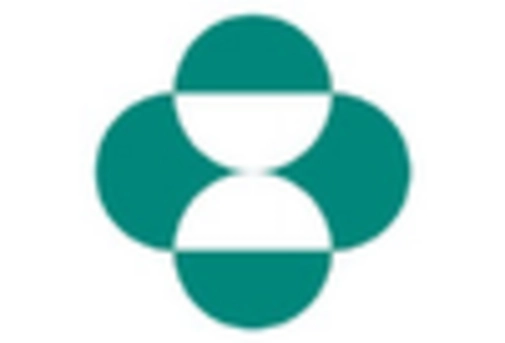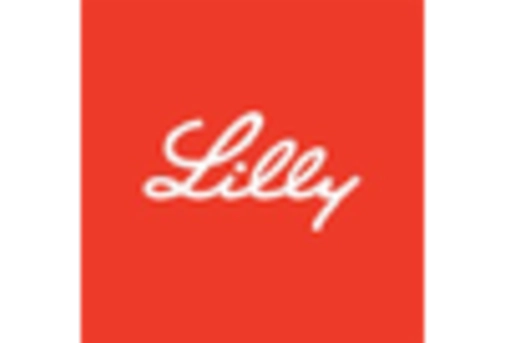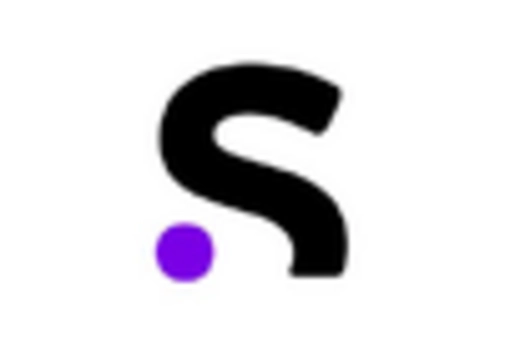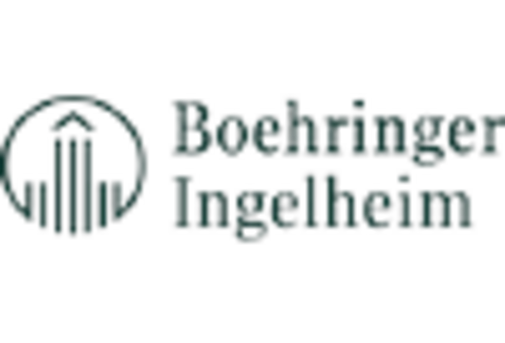Market Growth Projections
The Global Buerger's Disease Market Industry is projected to experience substantial growth over the next decade. With a market value of 0.66 USD Billion in 2024, the industry is expected to expand significantly, reaching 1.2 USD Billion by 2035. This growth trajectory indicates a compound annual growth rate of 5.59% from 2025 to 2035. Such projections reflect the increasing demand for effective treatments and the rising prevalence of the disease, suggesting a robust future for stakeholders in the market.
Growing Geriatric Population
The aging population worldwide is a significant driver of the Global Buerger's Disease Market Industry. Older adults are more susceptible to vascular diseases, including Buerger's Disease, due to age-related changes in blood vessels and increased prevalence of risk factors such as smoking and diabetes. As the global population continues to age, the demand for effective treatments and management strategies for Buerger's Disease is likely to rise. This demographic shift is expected to play a crucial role in the market's expansion, with projections indicating a market value of 1.2 USD Billion by 2035.
Advancements in Treatment Options
Innovations in treatment modalities are driving the Global Buerger's Disease Market Industry forward. New therapies, including pharmacological interventions and surgical options, are being developed to improve patient outcomes. For instance, the introduction of novel anti-inflammatory medications and revascularization techniques has shown promise in managing symptoms and preventing disease progression. As these advancements become more widely available, they are likely to enhance patient care and increase market demand. The anticipated growth from 0.66 USD Billion in 2024 to 1.2 USD Billion by 2035 indicates a robust market response to these advancements.
Increasing Prevalence of Buerger's Disease
The Global Buerger's Disease Market Industry is experiencing growth due to the rising prevalence of Buerger's Disease, particularly in regions with high rates of tobacco use. This condition, characterized by inflammation and thrombosis of small and medium-sized blood vessels, is often linked to smoking. As awareness of the disease increases, healthcare providers are more likely to diagnose and treat affected individuals. In 2024, the market is projected to reach 0.66 USD Billion, reflecting a growing recognition of the disease's impact on public health. This trend suggests that the industry will continue to expand as more patients seek treatment.
Rising Awareness and Education Initiatives
The Global Buerger's Disease Market Industry is benefitting from increased awareness and educational initiatives aimed at both healthcare professionals and the general public. Campaigns focusing on the risks associated with smoking and the symptoms of Buerger's Disease are crucial in promoting early diagnosis and treatment. Organizations dedicated to vascular health are actively working to disseminate information, which may lead to higher rates of diagnosis and intervention. This heightened awareness is expected to contribute to a compound annual growth rate of 5.59% from 2025 to 2035, further solidifying the industry's growth trajectory.
Regulatory Support and Funding for Research
Support from regulatory bodies and increased funding for research initiatives are pivotal in shaping the Global Buerger's Disease Market Industry. Governments and health organizations are recognizing the need for more research into rare diseases, including Buerger's Disease. This support can lead to the development of new therapies and improved diagnostic tools. As funding increases, researchers may uncover novel insights into the disease's pathophysiology, which could translate into better treatment options. The anticipated growth of the market, reaching 1.2 USD Billion by 2035, may be partly attributed to these favorable regulatory environments.
























Leave a Comment